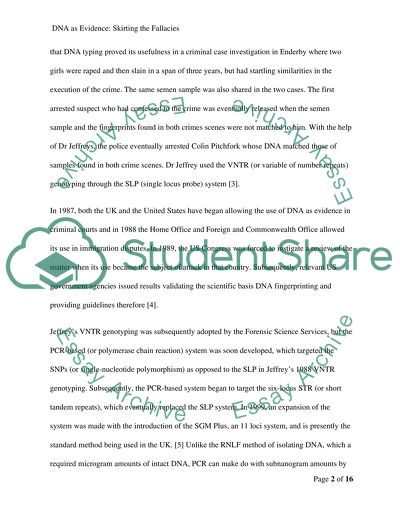Cite this document
(“Population genetics Essay Example | Topics and Well Written Essays - 3000 words”, n.d.)
Retrieved from https://studentshare.org/literature/1426824-population-genetics
Retrieved from https://studentshare.org/literature/1426824-population-genetics
(Population Genetics Essay Example | Topics and Well Written Essays - 3000 Words)
https://studentshare.org/literature/1426824-population-genetics.
https://studentshare.org/literature/1426824-population-genetics.
“Population Genetics Essay Example | Topics and Well Written Essays - 3000 Words”, n.d. https://studentshare.org/literature/1426824-population-genetics.


